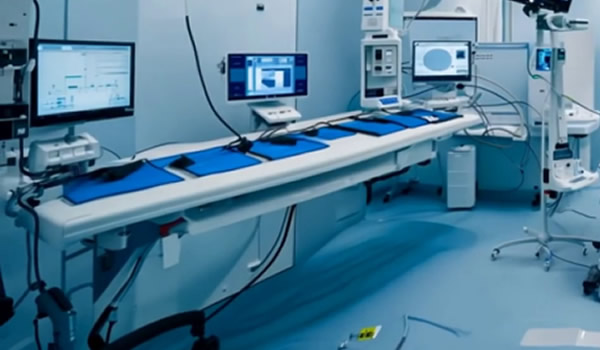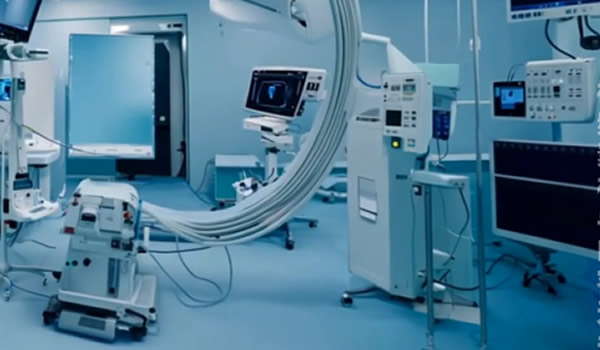Lung cancer is the leading cause of cancer-related death worldwide, and Asia bears a disproportionately heavy burden due to high smoking prevalence, worsening air pollution, and genetic susceptibility. Although advances in targeted therapy and immunotherapy have transformed outcomes in recent years, challenges in early detection, prevention, and equitable access remain. This article provides an in-depth analysis of lung cancer in Asia, focusing on causes, epidemiology, modern treatment options, and future strategies to reduce mortality.

Lung Cancer in Asia: An Overview
- Global burden: Lung cancer accounts for 2.2 million new cases and 1.8 million deaths annually.
- Asia’s share: Nearly 60% of global lung cancer deaths occur in Asia.
- Gender difference: Men are more affected due to higher smoking rates, but lung cancer in non-smoking Asian women is increasingly reported.
- Economic cost: Lung cancer treatment consumes billions in healthcare spending and productivity losses.
Causes and Risk Factors
1. Tobacco Smoking
- The leading cause of lung cancer, responsible for 80–90% of cases.
- China: Largest smoking population in the world, contributing to high lung cancer mortality.
- Indonesia and Vietnam: Among the highest smoking rates globally.
2. Air Pollution
- Urban Asian cities like Delhi, Beijing, and Bangkok rank among the most polluted globally.
- Prolonged exposure to PM2.5 particles increases lung cancer risk significantly.
3. Indoor Pollution
- Biomass fuels used in rural Asia contribute to non-smoking-related lung cancers.
- Women disproportionately exposed while cooking.
4. Occupational Hazards
- Asbestos, radon, and industrial chemicals contribute to lung cancer incidence.
5. Genetic Susceptibility
- Non-smoking Asian women frequently develop EGFR-mutated lung cancer, responsive to targeted therapies.
Types of Lung Cancer
- Non-Small Cell Lung Cancer (NSCLC): 85% of cases; includes adenocarcinoma, squamous cell carcinoma, and large cell carcinoma.
- Small Cell Lung Cancer (SCLC): 15% of cases; highly aggressive, linked to smoking.

Symptoms of Lung Cancer
- Persistent cough, sometimes with blood.
- Shortness of breath and wheezing.
- Chest pain.
- Repeated lung infections.
- Weight loss, fatigue, and loss of appetite.
⚠️ Many cases are diagnosed at advanced stages, when curative treatment is difficult.
Diagnosis
- Imaging: Chest X-ray, CT scan, PET scan for staging.
- Biopsy: Bronchoscopy, needle biopsy, or surgical sampling.
- Molecular testing: EGFR, ALK, ROS1, PD-L1 for targeted therapy suitability.
- Liquid biopsy: Emerging method to detect mutations in blood samples.
Treatment Approaches
1. Surgery
- Best for early-stage lung cancer.
- Lobectomy or pneumonectomy often performed.
2. Radiation Therapy
- External beam radiation or stereotactic body radiotherapy (SBRT).
3. Chemotherapy
- Platinum-based chemotherapy standard for advanced cases.
4. Targeted Therapy
- EGFR inhibitors (erlotinib, osimertinib): Especially effective in Asian populations.
- ALK and ROS1 inhibitors (crizotinib, alectinib).
- MET and RET inhibitors: Expanding options for precision medicine.
5. Immunotherapy
- PD-1/PD-L1 inhibitors (nivolumab, pembrolizumab): Extend survival in advanced NSCLC.
- Combination with chemotherapy shows improved outcomes.
6. Palliative Care
- Symptom relief, pain management, and psychological support for advanced cases.
Prevention Strategies
- Tobacco Control Strong anti-smoking laws, taxation, and plain packaging. Smoking cessation programs and nicotine replacement therapy.
- Air Quality Improvement Policies reducing coal burning and industrial emissions. Promoting clean cooking fuels in rural Asia.
- Screening and Early Detection Low-dose CT scans for high-risk populations (smokers, polluted cities). Public awareness campaigns about early symptoms.
Regional Insights
- China: Lung cancer is the leading cause of cancer death; heavy tobacco use and pollution are dual drivers.
- India: Air pollution contributes as much as smoking in certain urban populations.
- Japan & South Korea: High prevalence of EGFR-mutant lung cancer in non-smokers; strong access to targeted therapy.
- Southeast Asia: Mix of smoking, biomass exposure, and pollution as key drivers.

Future Directions
- Liquid biopsies: Non-invasive genetic profiling for treatment guidance.
- AI-driven imaging analysis: Early detection using chest scans.
- Personalized immunotherapy: Tailored treatments based on immune markers.
- Global clinical trials: Increasing Asian participation to reflect population diversity.
Conclusion
Lung cancer in Asia is a public health emergency, fueled by smoking, air pollution, and environmental exposures. While modern therapies like targeted drugs and immunotherapy have revolutionized outcomes, prevention through tobacco control, pollution reduction, and early screening remains the most effective strategy.
The future of lung cancer care in Asia depends on combining prevention with precision medicine, ensuring patients receive timely, affordable, and effective treatment.
lung cancer Asia, smoking lung cancer, air pollution and lung cancer, lung cancer treatment Asia